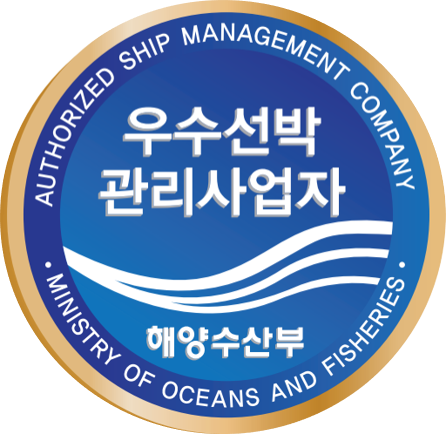Australia Imposes Fumigation Requirements to Beat the Khapra Beetle
페이지 정보
작성자 최고관리자 댓글 0건 조회 1,149회 작성일 21-07-22 09:34본문
Australia Imposes Fumigation Requirements to Beat the Khapra Beetle
19/07/2021Industry News
Australia has introduced new rules to tackle Khapra beetle infestation that require containers from high risk countries to be fumigated.
From 12 July 2021, containers from 40 designated countries, as listed by the Department for Agriculture, Water and Environment (DAWE), must undergo treatment to prevent the migration of this invasive species – using methyl bromide, heat treatment or pesticides. A certificate confirming treatment must be issued before leaving the port of export.
The pest
The Khapra Beetle (Trogoderma granarium) is yellowish brown to dark brown and is shaped like an oval. Adults can grow to between 1.6 and 3 millimetres long and may have small, fine hairs on their wings.
It has been identified by Australia as a major biosecurity risk. It feeds on grains and other dry foodstuffs, causing damage to the produce while also infesting goods with larval skins and hairs that are difficult to remove.
Fumigating containers
Containers that have undergone fumigation are subject to the IMO IMDG Code and are required to be classified as UN3359 (Class 9) regardless of the original cargo characteristics (unless those were IMDG cargo in which case the normal classification applies, with the fumigation in addition).
However, Rob van Uffelen from cargo experts de Haas van Oosterhout advises us that:
- Class 9 placards are not required but instead a fumigation mark on the door(s) must be applied.
- A document (sometimes a dangerous good declaration is used but not mandatory) with details of the fumigant must be submitted to the master.
- Heat treatment normally does not apply to cargo but is usually used for wooden pallets and wooden lashing poles etc. If heat treatment is the only action taken, due to the type of cargo, it would not be declared as UN3359.
- A certificate proving the wooden materials are heat treated is required.
- Methyl Bromide is an ozone depleting substance and prohibited in many countries.
Complying with the IMDG Code
The entry for UN3359 in the IMDG Code states:
A ‘FUMIGATED CARGO TRANSPORT UNIT’ is a closed cargo transport unit containing goods or materials that either are or have been fumigated within the unit. The fumigant gases used are either poisonous or asphyxiant.
The gases are usually evolved from solid or liquid preparations distributed within the unit.
The entry refers to Section 5.5.2 of the Code, which includes, amongst other things, that a mark is required to be displayed in accordance with regulation 5.5.2.3.2. It may be in the interest of the container ship operator to make sure spare marks are available on board to replace any that are damaged or missing.
Section 5.5.2 of the IMDG Code also imposes requirements on gas detection equipment. Note that there are differences in the requirements between the 2018 and 2020 editions of the IMDG Code.
One particular change is that the 2018 edition (which became mandatory on 1 January 2020 and remains valid until 31 May 2022) requires “When fumigated cargo transport units are stowed under deck, equipment for detecting fumigant gas(es) shall be carried on the ship with instruction for their use”. The 2020 edition (applied on a voluntary basis from 1 January 2021) omits this requirement.
Therefore, carriers should continue carrying the correct gas detection equipment on board if they are carrying such cargo underdeck.
List of designated ‘high risk’ countries
|
Afghanistan |
Albania |
Algeria |
|
Bangladesh |
Benin |
Burkina Faso |
|
Côte d’Ivoire (Ivory Coast) |
Cyprus |
Egypt |
|
Ghana |
Greece |
India |
|
Iran, Islamic Republic of |
Iraq |
Israel |
|
Kuwait |
Lebanon |
Libya |
|
Mali |
Mauritania |
Morocco |
|
Myanmar |
Nepal |
Niger |
|
Nigeria |
Oman |
Pakistan |
|
Qatar |
Saudi Arabia |
Senegal |
|
Somalia |
South Sudan |
Sri Lanka |
|
Sudan |
Syrian Arab Republic |
Timor-Leste |
|
Tunisia |
Turkey |
United Arab Emirates |
|
Yemen |
|
|




